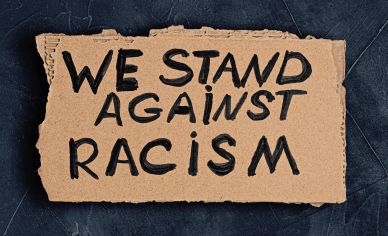Anti-Racism
ANTI-RACISM means
- going beyond awareness of racism and its traumatic impact
- and means taking action to dismantle the attitudes and systems that perpetuate racism and all forms of discrimination
The experience of DISCRIMINATION is not just an individual perception of inequity but public policies, institutional practices, cultural images and behaviors which are built into the structure of the dominant culture and which reinforce social inequity.
Examples include discrimination in:
o access to healthcare
o economic opportunity and employment
o education
o housing
o the right to marry
RESOURCES
Boston University Center for Antiracist Research
BOOK: How to be an
Anti-Racist - by Ibram X. Kendi (2019)
Kendi explains that racism is ultimately structural. Racism directs attention away from harmful, inequitable policies and turns that attention on the people harmed by those policies.
New York Times bestseller.
BOOK: The Sum of
Us - by Heather McGee
Heather McGhee’s specialty is the American economy—and the mystery of why it so often fails the American public. From the financial crisis to rising student debt to collapsing
public infrastructure, she found a common root problem: racism. But not just in the most obvious indignities for people of color. Racism has costs for white people, too. It is the common
denominator of our most vexing public problems, the core dysfunction of our democracy and constitutive of the spiritual and moral crises that grip us all.
test


